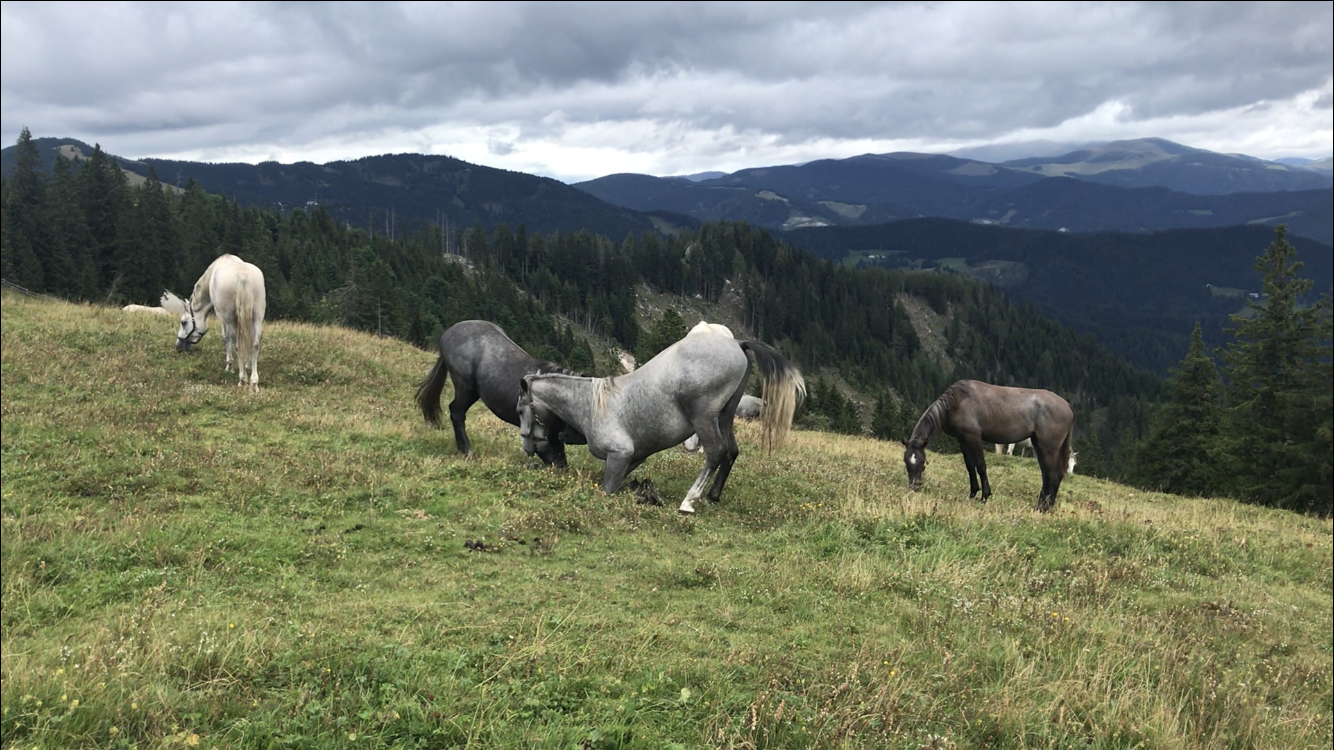What it takes.
I often hear AAs across different disciplines utter something like: He always changes leads in that corner. She won’t canter for me. I should be able to do XYZ by now. Mostly it is very clear that the XYZ is not the problem. The building blocks leading up to it are. If you don't have an independent seat, if riding is not a priority in your life, if your horse is not in front of your leg, if your horse is not supple enough etc, XYZ can’t happen. But somehow that focus on the symptom, not the cause, is prevalent and somewhat convenient. Occasionally people ask what it might take. I’ll end the suspense right here: It takes total, life-long commitment, consistency, and the capacity for physical, mental, and emotional development. And a bunch of money.
Colonel v. Heydebreck said: “Don’t ever forget: dressage is the most difficult of all forms of art, because of the demands it places on body, character, and mind!” And Anja Beran adds that even a terribly ill-tempered person can be a highly successful painter, but that won’t work for a rider. Likewise, someone who doesn’t study and learns to think – in addition to riding with a good coach – won’t get very far. Then there’s the body issue. Just because it looks like the great riders are “just sitting” there doesn’t mean they are not doing anything, on the contrary. Being a top level gymnast is roughly at the same level of skill, but most gymnast amateurs don’t expect to look like Simone Biles.
In addition, riders have the “math” problem. It takes so long to truly master any skill, but we are very limited in our practice time by considerations for our partners, the horses. Many books have been written about what it takes to train a horse to Grand Prix. Even if Grand Prix is not your goal, just a healthy horse that will be happy to do his job, in whatever discipline, for many years to come, those same so called “classical principles” still apply.
Roughly, those principles start with a horse that is raised and then kept in “species appropriate” conditions. Horses are herd animals with an immense need for movement. Lock them up in a stall for the majority of their lives and you cause physical and psychological damage. German trainer Uta Gräf is one of the most prominent and vocal advocates for both classical training and “natural” horse keeping. All their horses live in a big herd. This includes their top international stars in dressage and Working Equitation.
The classical principles furthermore say that the horse needs to be given enough time to understand everything, build trust with his riders and handlers, confidence in the training process, and needs to also enjoy his work! The work is laid out systematically along the training scale (even though it’s been recognized that the training scale is not entirely linear….). Any “short cuts” will just get you to a bad place faster.
But if you are also planning on riding your horse, just having him live in his happy place isn’t enough. Any horse that is being ridden, whether just as a hobby or with competitive ambitions, needs to learn how to carry the rider skillfully so he doesn’t get injured. And in order to do that, you, as the rider, need to be capable of doing that, or it is your responsibility to employ a good trainer.
And while you might “think” that you have some mad training skills, I encourage you to be very honest with yourself. If you buy an unbroke 3 yo, hard-tie him in a non-breakaway halter and then without much preparation hop on him in the parking lot with a makeshift bridle, you both survived because you got extremely lucky, not because you set your horse up for success.
German Reitmeister von Neindorff said to always look to yourself for finding fault if something went wrong. And if you can’t finder it to look harder. Sometimes, the faults have been installed by the previous rider, but that still means that the approach to fixing them needs to be a combination of skill and compassion. Of course, a strong rider with big spurs can make a horse look pretty supple for a moment. But that’s not the point. The point is to enable the horse to do his job easily with light aids. And that’s a long, long, long process for some horses.
If you don’t have an independent seat, you cannot train your own horse. Even once you have a balanced seat, the actual coordination of aids is a whole ‘nother can of worms. And any horse needs consistency. Training once a week is not enough! Of course your horse doesn’t need to be drilled six days a week in the arena. Training should be varied and appropriate, but just think what would happen if you sent your kid to school or you went to the gym only once a week. You’d basically start over. Every time.
I’ll say it again: commitment, consistency, and capacity for development of body, mind, and character. That’s what it takes, and even then it takes a life time to not quite get there.
Photo: young Lipizzaner stallions on the Stubalm in Piber, Austria. The best possible conditions for growing up.





